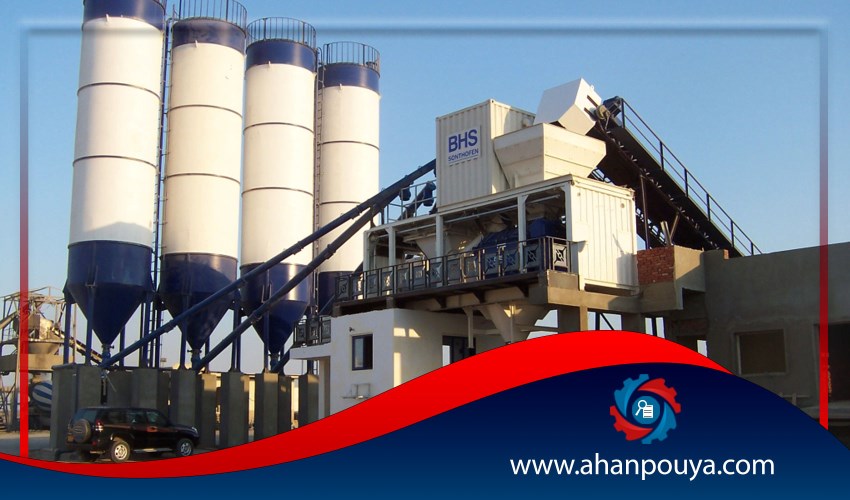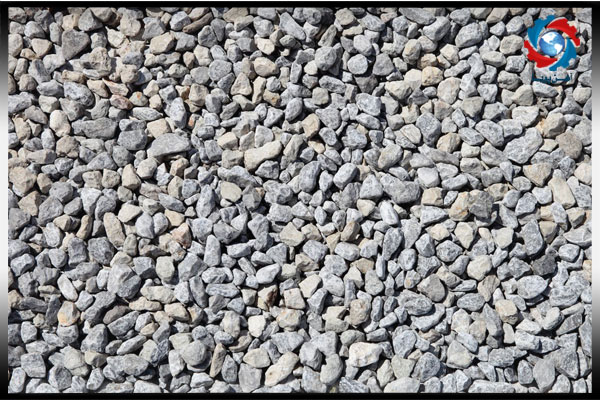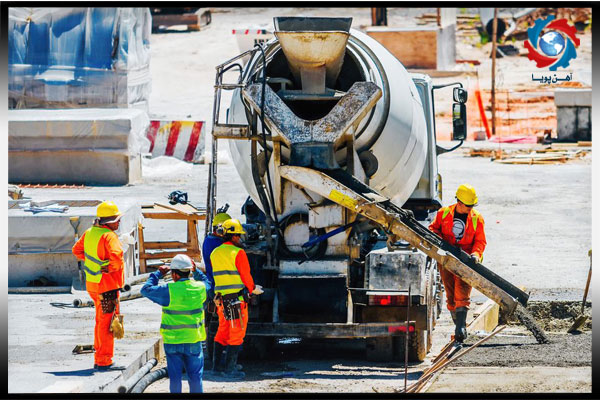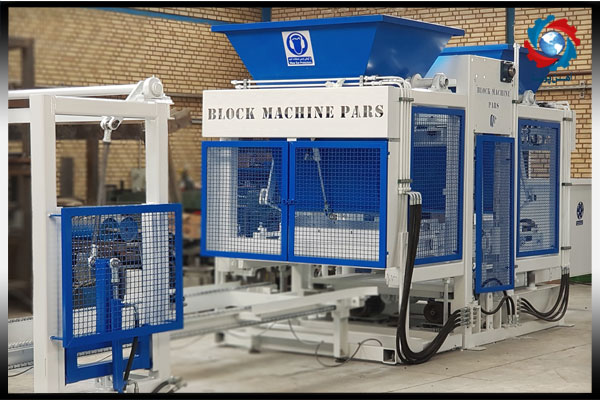
Concrete is one of the most widely used building materials in today’s world. It is a mixture of cement, water, and aggregates (such as sand and gravel), which hardens into a strong and durable substance through a chemical reaction between water and cement. Due to its high strength, long lifespan, easy availability of raw materials, and low cost of production, concrete plays a key role in civil, industrial, and architectural projects.
Ready-mix concrete is a type of concrete that is manufactured in specialized batching plants using precise and controlled equipment. It is then transported to the construction site using special trucks called transit mixers. Unlike traditional on-site mixed concrete, ready-mix concrete offers superior quality, strength, and uniformity. It can also contain specific additives to improve performance for particular applications.
Standard Concrete
Architectural Concrete
Fiber-Reinforced Concrete
Flowable Concrete
Precast Concrete
High-Density Concrete
Self-Compacting Concrete (SCC)
Aggregate selection and preparation
Procurement of Portland cement
Dry mixing of materials in the mixer
Transportation via conveyor belts
Addition of water and admixtures
Final mixing in the main mixer
Quality control and dispatch to site
To regulate the setting time
To increase durability
To improve freeze-thaw resistance
To mitigate alkali-aggregate reactions
To enhance workability and placement

Plasticizers
Superplasticizers
Anti-freeze admixtures
Retarders
Accelerators
Bonding agents
Waterproofing agents
Air-entraining agents
Mold release oils
Pozzolanic mineral additives
Air-entraining agents: Improve resistance against freezing and thawing
Mineral additives: Improve density, color, and durability
Retarders: Useful in hot climates and for long-distance transport

From ancient Rome to modern Iran, concrete has played a vital role in architectural and construction practices. The widespread use of Portland cement in the 20th century revolutionized the concrete industry and enabled the construction of massive infrastructure projects.
After the materials inside the mixer have been obtained within a certain period of time, then transfer them to a hopper on a plastic strip. This plastic strip prevents waste of the resulting materials.

Precise quality control
Faster execution
Lower risk of human error
Higher durability and reliability

The selection of the appropriate type of concrete depends on the structure type, local climate, and delivery distance. Proper selection directly impacts the lifespan and performance of the structure.
Bridges
Dams
Tunnels and subways
High-rise buildings
Foundations and basements
With its high density and thermal mass, concrete can act as insulation against heat and cold, reducing energy consumption in buildings. It is an excellent material for energy-efficient design.
In modern factories, leftover concrete is recycled into reusable aggregates. This reduces construction costs and conserves natural resources while supporting sustainable construction practices.
Keep freshly poured concrete moist
Use covers and mist sprays
Prevent rapid water evaporation
Monitor ambient temperature during early curing days
Geopolymer Concrete: Cement-free and heat-resistant
Smart Concrete: Capable of self-healing cracks
Lightweight Concrete: Ideal for high-rise and earthquake-prone regions
Digital concrete mixers
Automated batching systems
Temperature and humidity sensors
Artificial intelligence for mix design optimization
ASTM C94 – USA
EN 206 – Europe
ISIRI 3203 – Iran
Concrete plays a crucial role in large-scale infrastructure projects such as railways, stations, airports, seaports, and underpasses. These structures require high-performance concrete that can withstand thermal stress, moisture, and heavy traffic loads.
In subway construction, waterproof and pressure-resistant concrete is vital. In coastal areas, concrete must be resistant to saltwater corrosion, often achieved with specialized admixtures.
Concrete plays a crucial role in large-scale infrastructure projects such as railways, stations, airports, seaports, and underpasses. These structures require high-performance concrete that can withstand thermal stress, moisture, and heavy traffic loads.
In subway construction, waterproof and pressure-resistant concrete is vital. In coastal areas, concrete must be resistant to saltwater corrosion, often achieved with specialized admixtures.
Eco-friendly concrete is essential for green building practices. These concretes use recycled materials, mineral admixtures, and less water, reducing carbon footprint and energy waste.
High-performance concrete in green projects increases structural lifespan and reduces maintenance and reconstruction costs. It also helps earn certifications like LEED (Leadership in Energy and Environmental Design).
Many old buildings in Iran and elsewhere don’t meet modern safety standards. Retrofitting using reinforced concrete, polymer adhesives, and shotcrete can significantly strengthen such structures.
Columns, beams, and foundations are reinforced to resist earthquakes, erosion, and increased loading. This is a faster and more cost-effective method compared to demolition and reconstruction
:Climate conditions directly affect the type of concrete mix used
Cold regions: Use anti-freeze and retarders
Hot and dry regions: Require high workability and controlled setting time
Coastal areas: Need corrosion-resistant concrete to withstand salt and humidity
Proper adaptation increases service life and reduces maintenance costs
Concrete isn’t just structural—it also reduces noise and thermal loss. Special acoustic concrete is used in modern buildings to limit sound transmission between spaces
Lightweight insulating concrete can significantly reduce thermal energy loss, making it a smart choice for energy-efficient buildings
Adding extra water on-site to improve flow
Not using vibrators for proper compaction
Pouring during the hottest time of day without protection
Ignoring proper curing and allowing surface to dry too fast
Training laborers and on-site supervision are essential to avoid such mistakes
With growing demand for intelligent buildings, concrete is undergoing major innovation. Examples include
Ultra-High Performance Concrete (UHPC)
3D-Printed Concrete
Bio-based Concrete
These advanced concretes feature self-healing properties, pollution absorption, and low energy usage—revolutionizing the future of construction
Smart concretes equipped with internal sensors allow real-time monitoring of stress, temperature, and humidity. Meanwhile, incorporating recycled materials supports sustainable and waste-reducing building methods
In today’s world, concrete is not just a construction material—it’s a driver of sustainable development. Understanding its types, additives, production stages, and optimization methods helps engineers, contractors, and developers build stronger, safer, and more cost-effective projects
By choosing the right ready-mix supplier and leveraging modern technologies, you can reduce construction costs, increase efficiency, and help protect the environment.

Ahan Pouya with more than a decade of best-selling experience, adheres to professional and ethical principles in the field of selling and buying at inside and outside the borders of Iran, helping you in the steel industry.